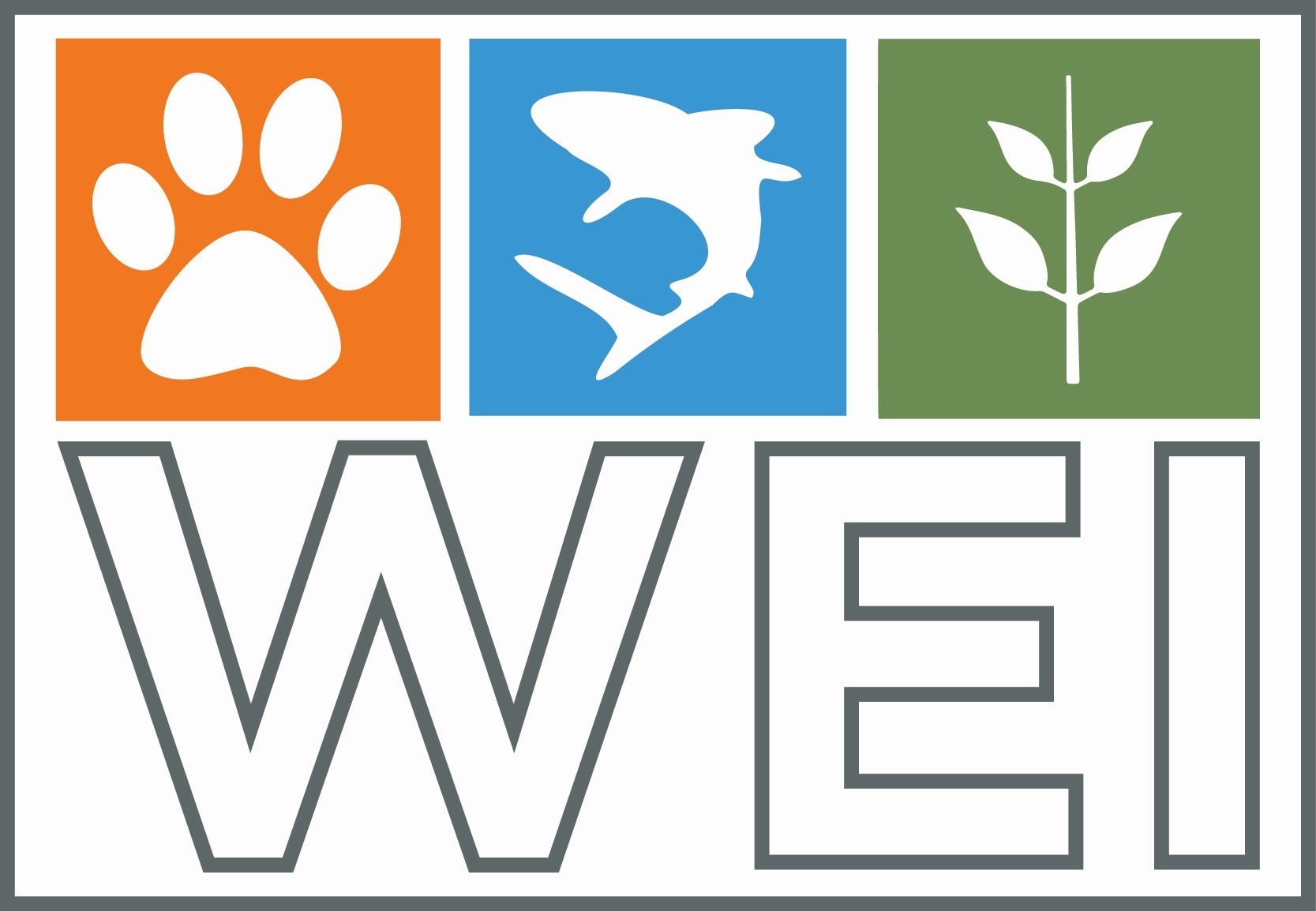Wild Dogs and Hyenas interaction from camera traps - kleptoparasitism
This interaction could seem playful and friendly from the limited perspective of the photos which were captured but it is well known that these two carnivores are direct competitors. It does in fact seem that what we are observing is an incident of kleptoparasitism. This is a form of competition where a group or individual steal a resource from another group or individual. Wild dogs are considered to be subordinate competitors in the hierarchy of the African predators and will often lose their kill as they come into competition with other predators such as lions or hyena, which are considered dominant competitors (Dröge et al. 2016).
Although there are cases where hyenas have killed wild dogs the main risk of these encounters is the loss of a kill due to kleptoparasitism (Creel & Creel, 1998) . In contrast lions are known to be a common cause of death among wild dogs (Mills & Gorman, 1997; (Creel & Creel, 1998). A study conducted in Hwange National Park, Zimbabwe (van der Meer et al. 2011) showed that the number of hyena present at wild dog kill sites increases as the pack size of the wild dog increases, indicating that the larger the group of wild dog the more likely they are to defend their kill against hyena.
This would explain the behaviour of the dog and the harassment of the hyena which stole from their kill site.
We can see in the first (06:36) and second (06:37) photos that this hyena has an object in his mouth as it approaches the waterhole. This seems to be a piece of meat. In the third picture (06:39) and those which follow, the wild dogs, including a seemingly dominant dog with a telemetry collar, have approached and are seen challenging the hyena which is now lying down in the water. This could serve two purposes, first to protect the prized piece of meat and second to protect its sensitive genital organs from any dogs which may attack from behind. We can also see that the wild dogs have red blood stains around their face and necks which indicates that they have been feeding on a fresh kill.
Initially the hyena displays dominance with its ears forward and facing the dogs without standing up, but as they approach further the ears flatten and the head is lowered to protect its vital throat and neck region (06:40). As the dogs close the distance and begin testing the water to find the prize a second hyena enters the frame to chase them off (06:40). The first hyenas posture returns to one of dominance with head high and ears forwards. The second hyena then returns to the first and it is interesting the see the interaction between the first hyena and the second hyena, as now both the collared dog and the second hyena are seeking the prize (06:40). The more pressing threat of the dogs causes the second hyena to chase them off and a third hyena approaches in the top right of the frame. At 06:50 the first hyena is forced off the prize by the collared dog while its clan mates are chasing the other dogs. Now the dogs appear to dominate as they put pressure on the lone remaining hyena and occupy the space close to the prize. Here again we see very interesting interactions between the hyenas and the dogs as the collared dog and its pack face off against one of the hyenas.
At the end of the sequence of photos there is a hyena present close to the prized piece of meat. This amazing sequence shows a story which is common throughout the African bush as these apex predators compete for the valuable resources which is the main limiting factor to their populations.
These photos are from camera traps of the WEI Predator Monitoring programme in one of the western buffer zone reserves of the Greater Kruger National Park. This is a great example of how camera trap technology is used to collect quality data for monitoring and management purposes.
If you are interested to join the WEI Predator Monitoring programme as a volunteer, intern or gap year student then follow the link for more information on the Conservation Safari Experience - www.wei.co.za/programmes


